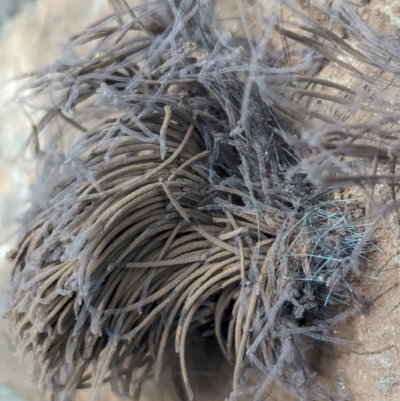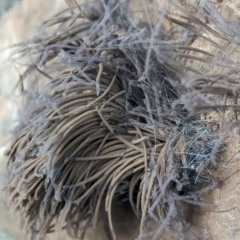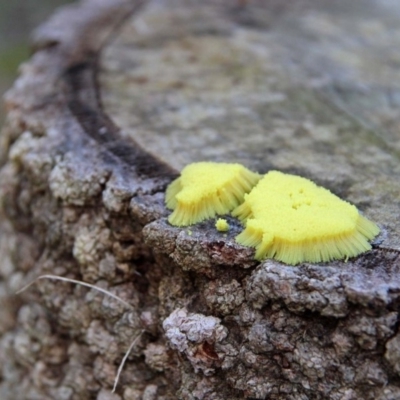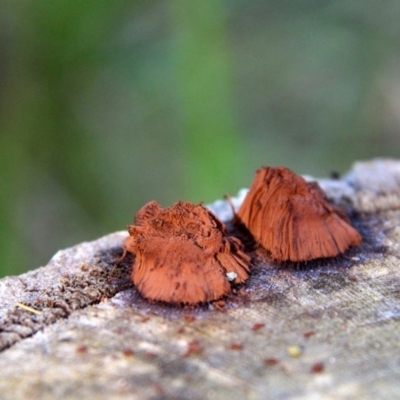Stemonitis sp. (genus) (A slime mould)
Stemonitis slime moulds occur throughout the world, and while the individual species in this genus can be difficult to identify, often requiring microscopic examination, the genus can be recognized by the fact that mature fruiting bodies look like tiny brown tubes, mounted on even tinier, dark stems.
Like other slime moulds, Stemonitis species creep around for a while, consuming nutrients and bacteria while looking for a good place to reproduce. In this stage, known as the "plasmodium," species of Stemonitis look like tightly packed masses of slimy white frog eggs, or little piles of soggy, decaying, white rice. Eventually, however, the Stemonitis stops creeping and transforms itself into a stationary "sporangium" (plural, "sporangia") that sits on top of a tiny stem.
Stemonitis species are found on decaying, bark-less logs and sticks, in the forests and in urban locations.
Stemonitis sp. (genus) is listed in the following regions:
Canberra & Southern Tablelands | South Coast
Species information
- Stemonitis sp. (genus) Scientific name
- A slime mould Common name
- Not Sensitive
- Local native
- Non-invasive or negligible
- Up to 631.4m Recorded at altitude
- Machine learning
- External link More information








